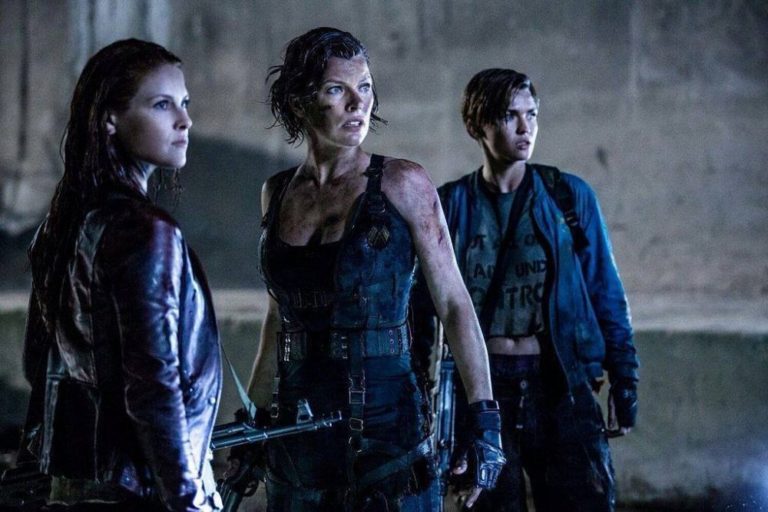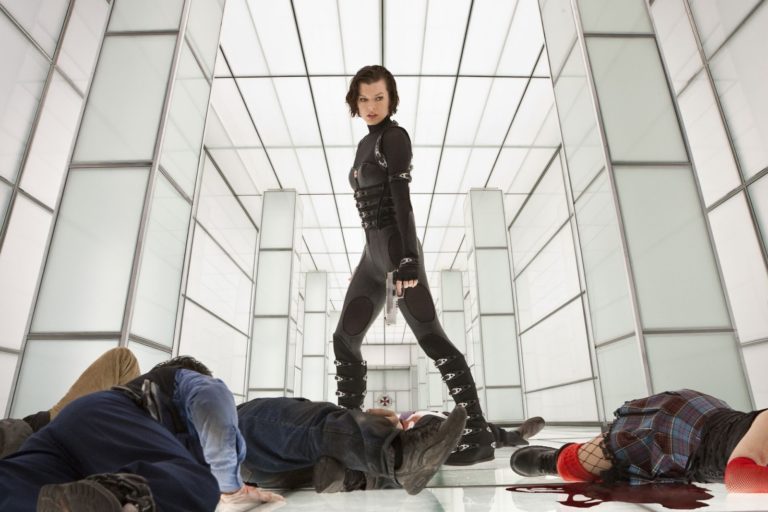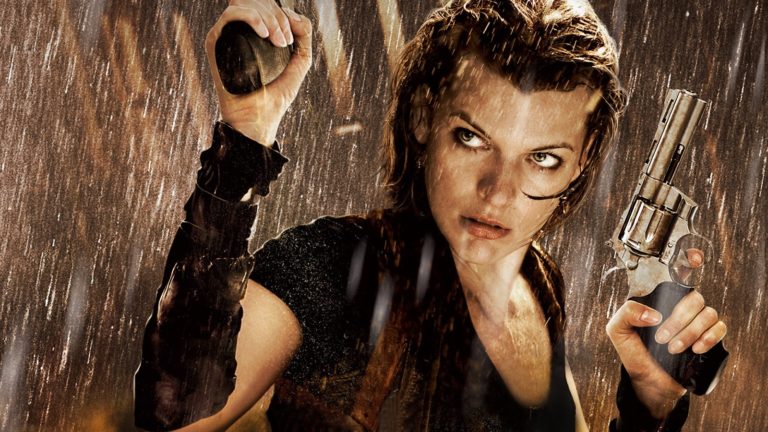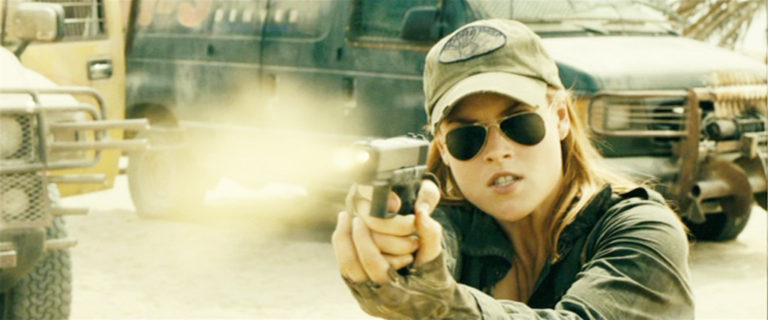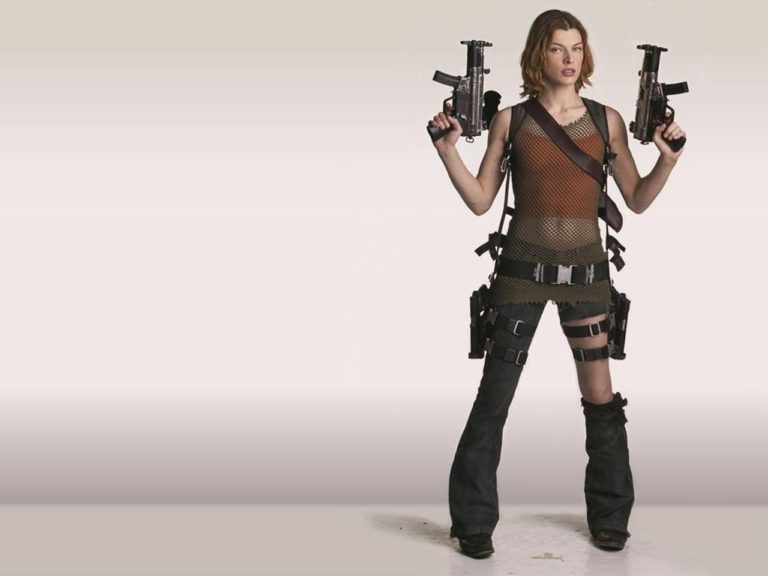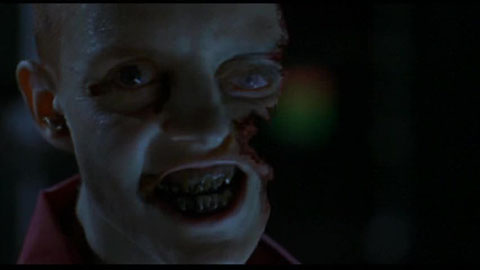Welcome back to the Resident Evil retrospective! …yes, you read that correctly. It’s been more than seven...
Resident Evil
Welcome back to part five of the Resident Evil retrospective! In this entry we’re going to cover the fifth...
Welcome back to part four of the Resident Evil retrospective! In this entry we’re going to cover the fourth...
Welcome back to part three of the Resident Evil retrospective! In this entry we’re going to cover the...
BREAKING NEWS!!! Microsoft has reversed its position on used games and online requirements!!! This is somewhat surprising, but...
Welcome back! As promised, this is the kick-off of our next retrospective series! This time we’re going...
